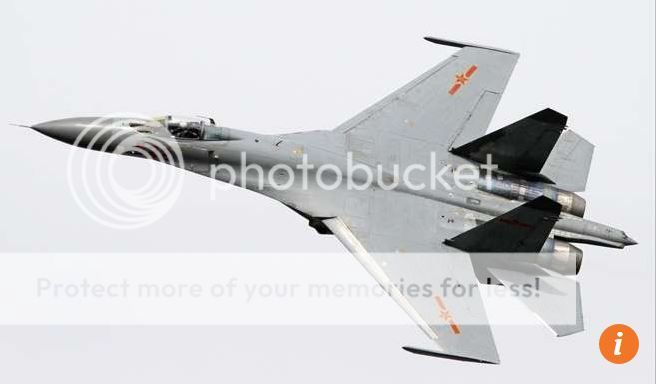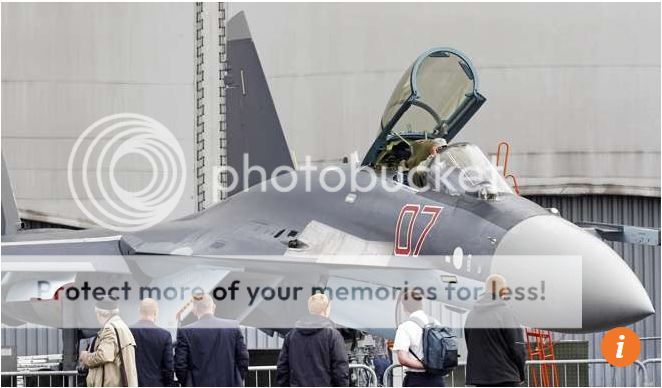Hassan Guy
SENIOR MEMBER

- Joined
- Aug 23, 2016
- Messages
- 4,892
- Reaction score
- -3
- Country
- Location
Its very possible that we will see Pakistan licence building the WS-13 engines locally and independently in the future.
Follow along with the video below to see how to install our site as a web app on your home screen.
Note: This feature may not be available in some browsers.


Its very possible that we will see Pakistan licence building the WS-13 engines locally and independently in the future.

Built under licence of course.Why do You think ? IMO more than unlikely ...

Well that depends, especially if China is able to bag foreign orders for the J-31.IMO still unlikely. The number of required WS-13 - esp. if the PLA will not acquire the FC-31 - will be too small to establish a separate facility in Pakistan.

psycholagny hurt yourselfIts very possible that we will see Pakistan licence building the WS-13 engines locally and independently in the future.

psycholagny hurt yourself

we don't say that JF-17 is world greatest fighter, you guys say that your LEAST CAPABLE FIGHTER is 100 generation out of this universe fighterLCA is Junk Fighter......but you got greatest plane in the world...thats why I asked ....









I am pretty sure the newer engine imports from Russia are spares....Chinese are not so stupid to be dependent on Russian engines. 400+ WS-10 are already in service....I suspect they want to increase the capability and reliability of the engines comparable to Western standards. Making an aeroengines is not an issue but making a reliable engine up to Western standards is the real deal.China powers up military jet engine tech to wean itself off Russian imports
Source
http://www.scmp.com/news/china/arti...y-jet-engine-tech-wean-itself-russian-imports


I am pretty sure the newer engine imports from Russia are spares....Chinese are not so stupid to be dependent on Russian engines. 400+ WS-10 are already in service....I suspect they want to increase the capability and reliability of the engines comparable to Western standards. Making an aeroengines is not an issue but making a reliable engine up to Western standards is the real deal.
